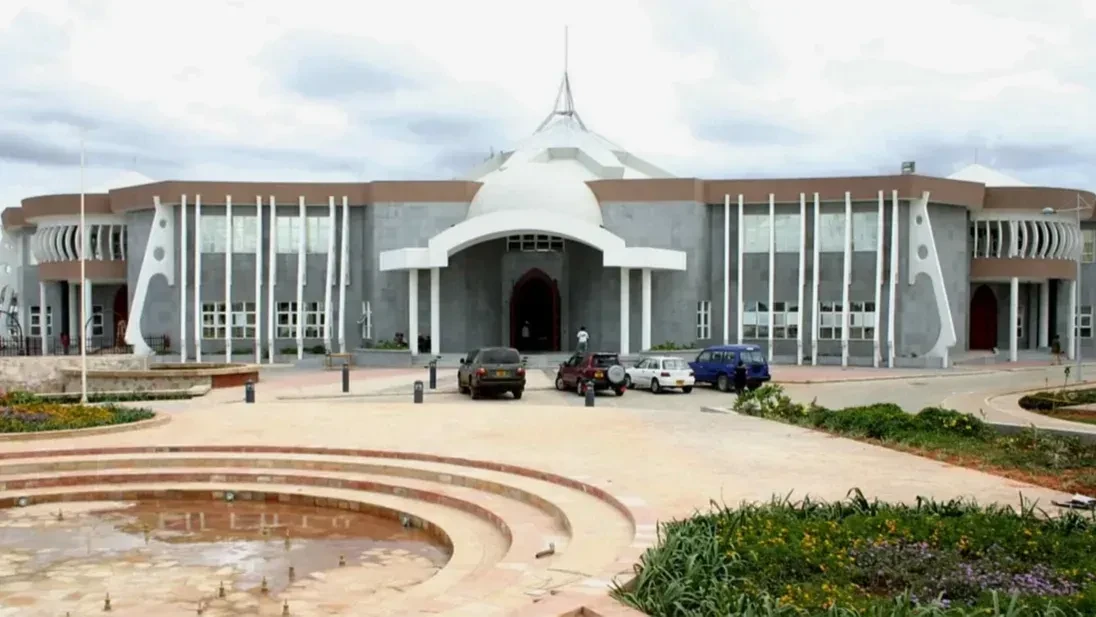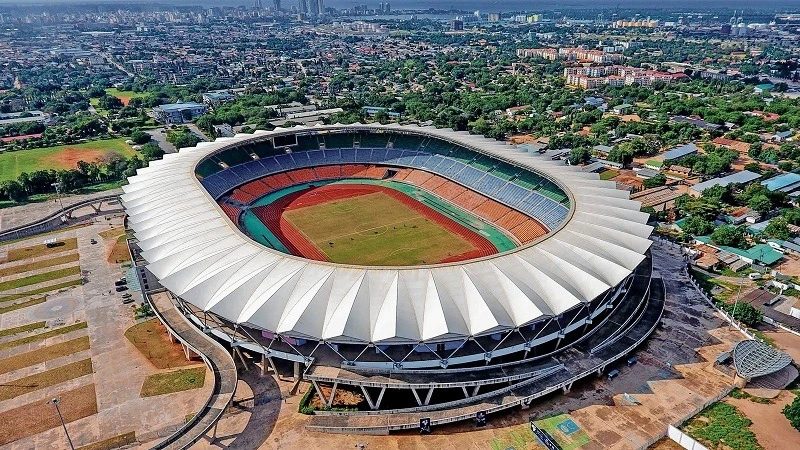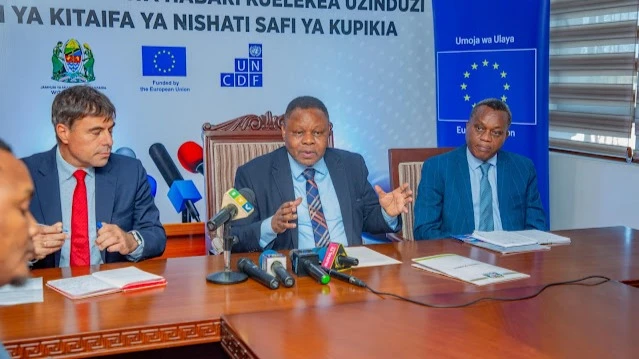Tanzania’s economic recovery steady but uneven amid global uncertainty

Tanzania's economy is gradually recovering, though with uneven momentum, as economic growth slowed in the final quarter of 2024. According to the latest Consensus Forecast from FocusEconomics, economic activity in the first quarter of 2025 likely remained at a similar pace to the previous quarter, still falling short of the country’s pre-pandemic ten-year average growth rate of around 6.6 percent.
While some forward indicators remain encouraging, the overall picture suggests moderate headwinds. “Growth held up in early 2025, but challenges remain evident in weaker credit growth and declining exports,” the June FocusEconomics report noted.
Credit to the private sector grew more slowly in the first quarter of 2025 than in the final months of 2024, a sign of tighter financial conditions and cautious business sentiment. At the same time, revised trade data revealed that merchandise exports lost momentum, reflecting both lower global demand and logistical constraints.
Mining Investment Boosts Medium-Term Outlook
Despite near-term softness, investor confidence appears resilient. In late April, Australian company Perseus Mining confirmed an investment of approximately US$523 million to develop the Nyanzaga gold project in northwestern Tanzania. Construction is expected to commence later in the year, with production targeted for early 2027.
“This investment sends a strong signal about Tanzania’s mining potential and will likely support job creation, export earnings, and government revenues in the years to come,” the Bank of Tanzania stated in its May Monthly Economic Review.
GDP Forecasts: Brighter but Cautious
Looking ahead, Tanzania is projected to register its fastest annual growth since 2019. FocusEconomics panelists see gross domestic product expanding by around 5.9 percent in 2025, unchanged from the previous month’s forecast. Growth will be supported by ongoing infrastructure development, large-scale mining projects, and increased government spending ahead of the general elections scheduled for late 2025.
However, the International Monetary Fund has flagged key downside risks. “Tanzania's growth trajectory is promising but vulnerable to external shocks, including commodity market volatility, weather-related disruptions, and global geopolitical tensions,” the IMF stated in its April Regional Economic Outlook for Sub-Saharan Africa.
In 2026, the economy is expected to grow by approximately 6.0 percent, bolstered by improvements in trade and a steady investment pipeline.
Inflation Eases but Risks Remain
Inflation fell to around 3.2 percent in April, down slightly from 3.3 percent in March, largely due to slower food price increases. Nevertheless, FocusEconomics forecasts inflation to average above 2024 levels in the current year, driven mainly by a fluctuation of Tanzanian shilling.
Despite the upward pressure, inflation is expected to remain comfortably within the Bank of Tanzania’s five percent target range. Panelists anticipate consumer prices will rise by around 3.7 percent on average in 2025 and approximately 4.3 percent in 2026.
That said, weather-related crop failures and global supply chain shocks present upside risks. “The economy is still exposed to climate variability, which could threaten food security and price stability,” warned the IMF.
Bank of Tanzania Holds Steady on Rates
During its April 3 policy meeting, the Bank of Tanzania kept its central bank rate unchanged at around six percent for the second quarter, emphasizing its commitment to anchoring inflation expectations and insulating the economy from external disruptions.
Most analysts polled by FocusEconomics expect the central bank to hold this rate steady through December. However, some panelists suggest there may be room for adjustments depending on inflation trends and regional monetary policy shifts. The next interest rate decision is scheduled for July 3.
According to the June Consensus, the central bank rate is forecast to close 2025 at approximately 6.1 percent and end 2026 at around 6.2 percent.
Currency Under Pressure, but Outlook Stabilizing
The Tanzanian shilling, which operates under a managed float, came under renewed pressure in early 2025. As of late May, the shilling had depreciated slightly, trading at around 2,692/- against the U.S. dollar. This made it the worst-performing African currency year-to-date.
In response, the Bank of Tanzania stepped up its interventions in the foreign exchange market and implemented new restrictions on the domestic use of U.S. dollars in an effort to curb demand and stabilize the shilling.
Despite current pressures, analysts expect a mild recovery ahead. The shilling is projected to end 2025 at around 2,675/- per U.S. dollar and depreciate moderately to about 2,799 by the end of 2026.
Tanzania’s economic outlook remains broadly positive, but progress is fragile. The government’s ability to manage inflation, stabilize the currency, and sustain investor confidence will be critical as the country navigates the remainder of the year. With infrastructure and mining set to drive growth, the challenge will be to ensure inclusive benefits while shielding the economy from external and climate-related shocks.
Adria Solane is the economist, FocusEconomics,a leading provider of economic intelligence and consensus forecasts for more than 130 countries and 30 key commodities. Based in Barcelona, Spain, it compiles, analyzes, and presents macroeconomic forecasts and reports from hundreds of sources, including international institutions, investment banks, and think tanks.
Top Headlines
© 2025 IPPMEDIA.COM. ALL RIGHTS RESERVED

























